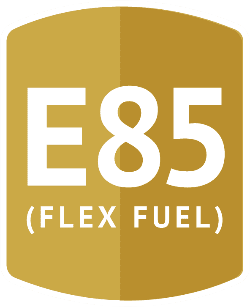This Decision at the Pump Could Change Everything

E10 (UNLEADED 87) = 10% ethanol and 90% gasoline
- A little more expensive than E15
- All vehicles can run on E10
- Nearly all U.S. gas today contains at least 10% ethanol, reducing GHG emissions that equates to taking 20M cars off the road annually
E15 (UNLEADED 88 or UNLEADED 15) = 15% ethanol and 85% gasoline
- Usually less expensive than E10
- Safe for all vehicles 2001 or newer
- Burns cleaner and is better for your engine – higher octane boosts engine efficiency


E85 (Flex Fuel) = 85% ethanol and 15% gasoline
- Usually the cheapest fuel option; high-performance fuel with an octane rating ranging from 100-105
- Only used in Flex Fuel Vehicles – to see if you own a FFV look for a yellow gas cap or ring, or E85 listed on the inside of your fuel filler door
There has never been a better time to choose unleaded 88 unleaded 15, or E15 fuel at the pump.
Gas pumps aren’t unlike grocery stores, offering an abundance of choices – some of which you may not really understand. So, we tend to go with what we know and opt for “regular” gas out of habit. But what happens when you choose something different?
You fill up with a fuel that’s better for your world, better for your vehicles and better for your budget. Made from Illinois corn, UNLEADED 88, UNLEADED 15 or E15 provides a clean-air alternative with less GHG emissions than petroleum-based fuels.
“We’re all feeling the pressure of inflation. The good news is, we have an immediate savings option at the pump with UNLEADED 88 or E15. This fuel type contains 15 percent ethanol, which means it’s also a renewable energy source grown by corn farmers like me,” said Marty Marr, farmer in New Berlin, IL.
Let’s clear up the confusion:











































































































